- Call us: 01444 237070
- Contact Us
- Stores
- Sign In / Register
-
- Back
- Used Cameras
- Used Accessories
- Used Lenses
- Used Video
- Used Film Equipment
- Used Stock Alert
- Used Blank Test
- Sell or Part Exchange
- Used Clearance
- Recently Added Used Equipment
- Park Picks
- All Used Black Friday Deals
- Faulty
- Trade-In
- Blog
- New in
- Call us
- Contact us
- Stores
- Sign in
- Categories
- Tips & Inspiration
- Reviews
- News
- Events
- Features
- Buying Guides
- Competitions
Student Guide to Camera Equipment
Getting into photography or video as a student can feel overwhelming at first. With so many unfamiliar terms thrown around, it’s not always clear what kit you actually need, or why you need it. This student guide to camera equipment breaks down eight key terms that often come up in school, college or online, giving you clear explanations with product suggestions to help you get started on a budget.
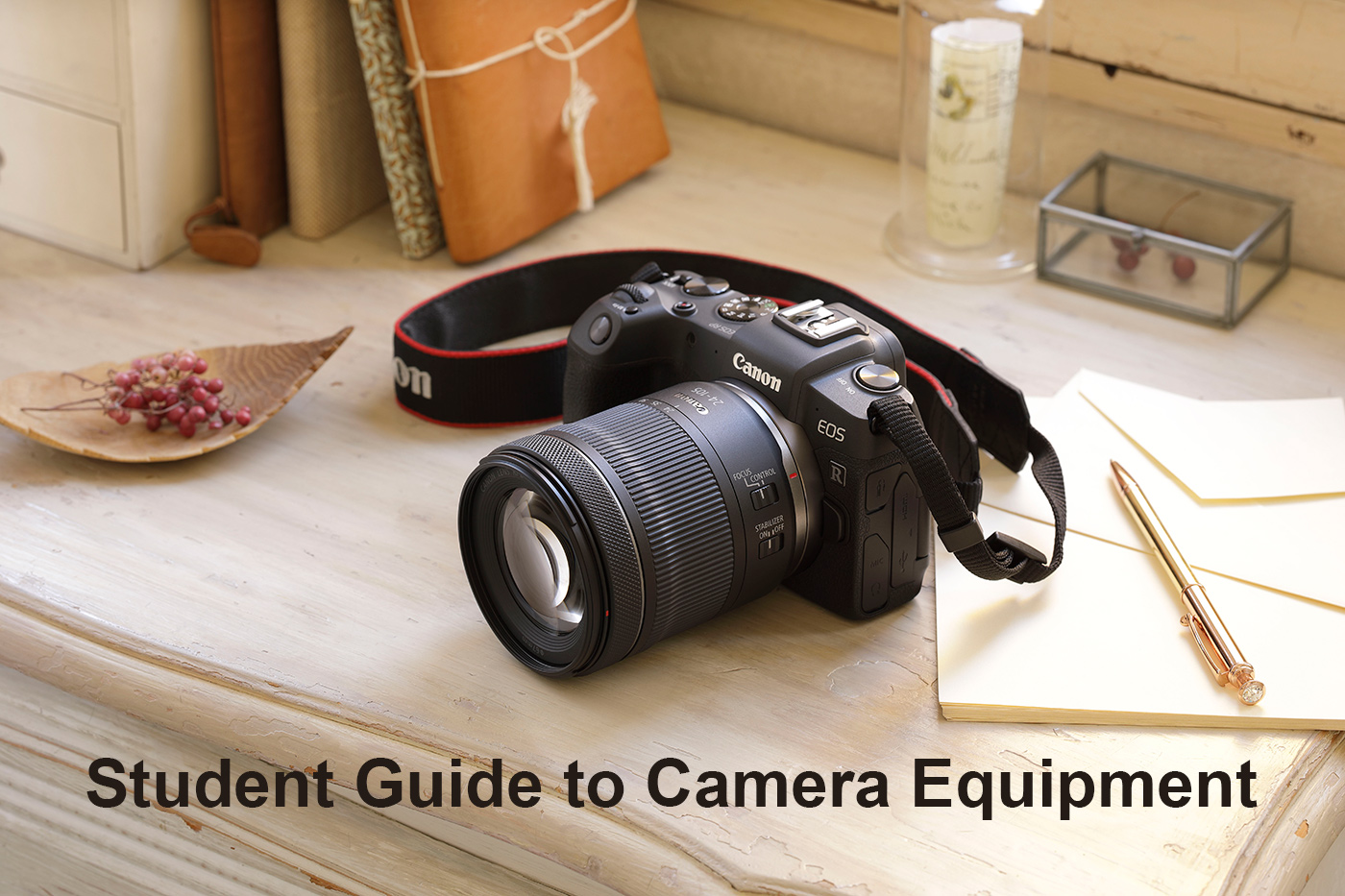
This is part of our ongoing series of student-focused camera equipment buying guides and photography tips, which are aimed at demystifying photography and content creation, so you can learn this creative hobby with confidence and discover recommended cameras for beginners develop your skills, without spending more than you need to. So let’s dive right in with different types of cameras.
DSLR Cameras
DSLR stands for Digital Single-Lens Reflex. These cameras use a mirror system to reflect light from the lens into an optical viewfinder, so you see exactly what the lens sees. When you press the shutter button, the mirror flips up and the light hits the image sensor to capture the photo.
DSLRs were the dominant type of digital camera for nearly two decades and are still widely used today, especially in schools and colleges, but also by professionals who value the benefits a DSLR offers. They’re rugged, have great battery life, are easy to handle with auto and full manual control, and give access to a wide range of cost effective DSLR lenses. For students, they’re an affordable camera for beginners, particularly when bought second-hand.
Many DSLRs have built-in guides to help new users understand manual settings like aperture, shutter speed and ISO. You can also explore creative techniques like shallow depth of field or long exposures more easily than with a basic compact or phone camera.
Student Pick: Used Canon EOS 700D DSLR Camera from around £150.00
This model is often found in schools, has a flip-out screen for creative angles, and shoots sharp 18MP photos at up to 5fps. It’s straightforward to use, compatible with lots of Canon EF lenses, and ideal for learning manual controls to get you started, all without breaking the bank.
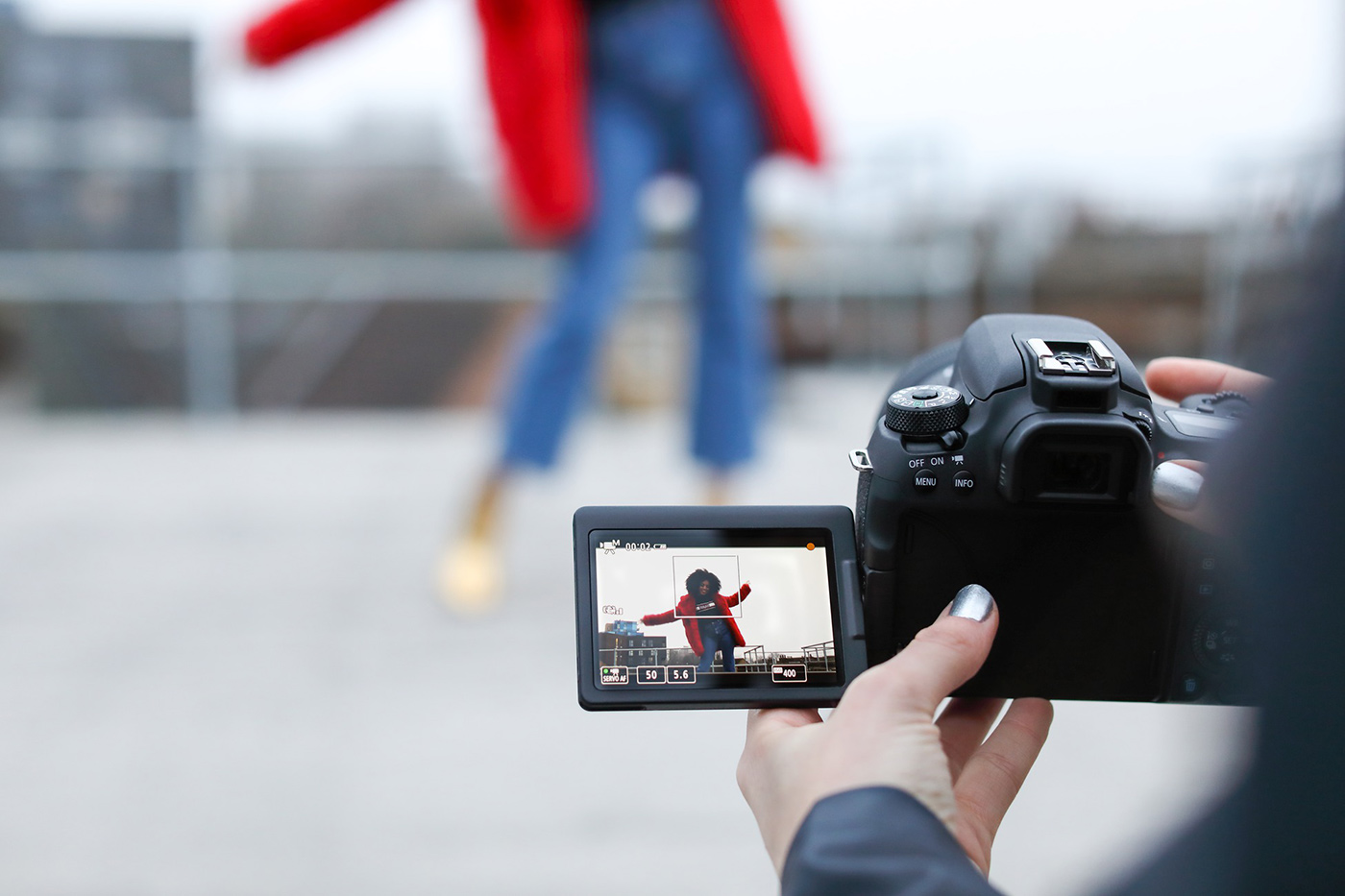
Mirrorless Cameras
Mirrorless cameras work differently to DSLRs by removing the mirror mechanism altogether. Instead of using an optical viewfinder you compose your shots using an electronic viewfinder (EVF) or the screen on the back. This makes mirrorless cameras smaller and lighter overall, while still producing excellent image quality with optional manual control.
They’ve by far become the dominant type of camera today, and are used by everyone from beginners to professionals. Many models have fast intelligent autofocus, shoot high-quality video, and include features like silent shooting or face and eye detection. For students, mirrorless cameras provide a more compact way to learn photography and video, often with helpful tools built in.
One important thing to remember is that not all mirrorless systems use the same lens mount, so always check lens compatibility. Most systems now offer a wide choice of new and used lenses, including vintage lens options with an adapter, so mirrorless cameras can be very flexible.
Student Pick: Used Fujifilm X-T1 Mirrorless Camera from around £280.00
The X-T1 is a popular beginner-friendly option with physical dials for shutter speed, ISO and exposure compensation, which makes it easier to learn the basics entirely hands-on. It’s also weather-sealed, has an excellent 16MP sensor, and supports a huge range of Fujifilm X-mount lenses, so it really is ideal for students who want to explore photography or video with a stylish and effective starting point.
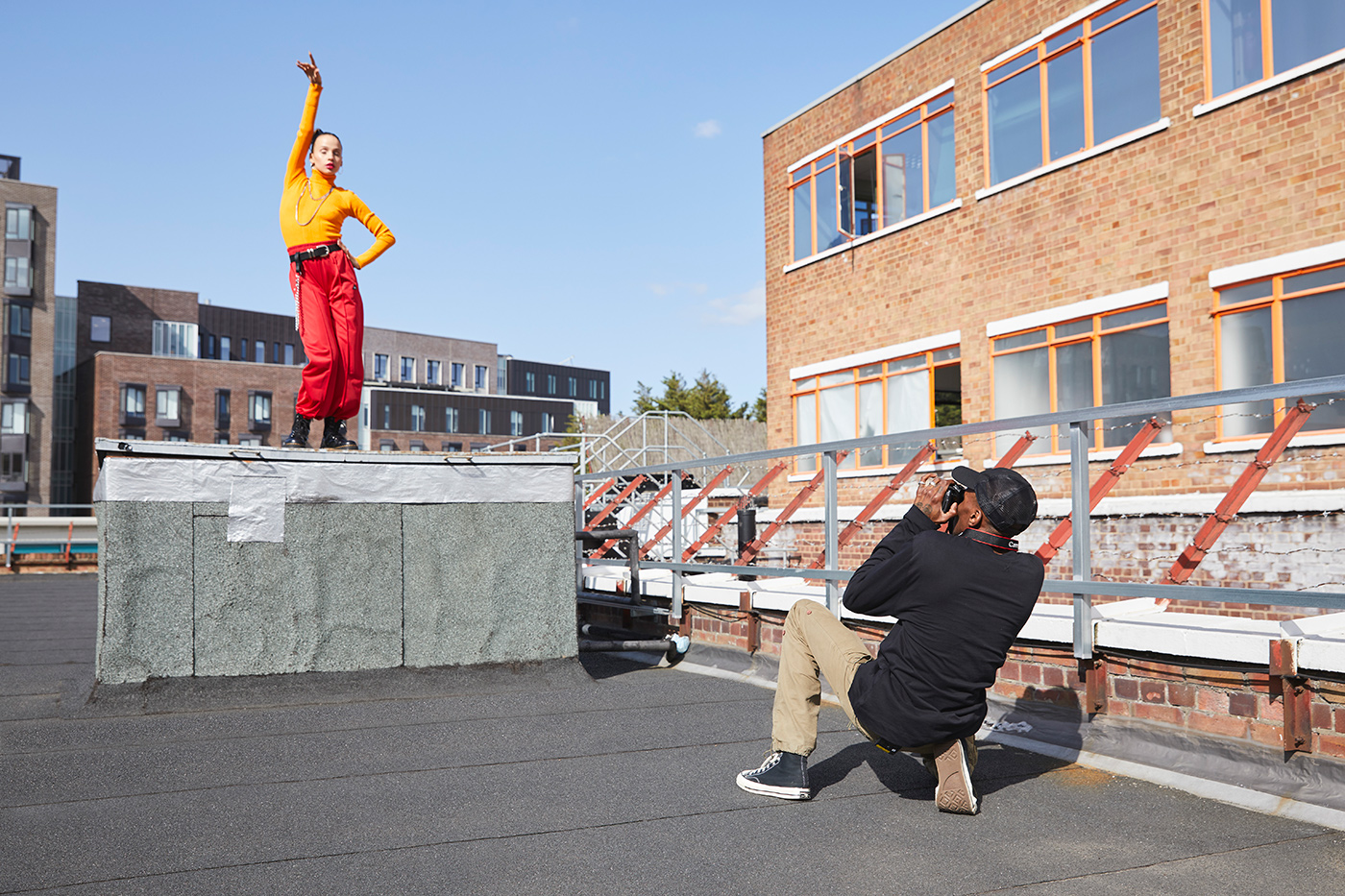
Full Frame Cameras
A full frame camera uses a sensor that’s the same size as traditional 35mm film, which is around 36x24mm. This larger type of sensor captures more light than smaller sensor types, which can mean better image quality, especially in low light. It also affects the ‘look’ of photos, by helping to create a more shallow depth of field with better background blur, which is often preferred in portraits and for ‘cinematic’ video.
Full frame cameras are generally found in more advanced mirrorless or DSLR systems. They can offer higher resolution, improved dynamic range, and wider views with compatible full-frame lenses. For students, this format might feel like a big step up, but many second-hand models are surprisingly affordable.
It’s important to note that full frame cameras work best with full frame lenses, although most can still use APS-C (crop sensor) lenses in a ‘cropped’ mode. Full-frame lenses also often a bit bigger and heavier than smaller-sensor alternatives, but the image quality advantage makes them appealing to develop serious photo and video skills.
Student Pick: Used Canon EOS 6D Full Frame DSLR Camera from around £300.00
The Canon EOS 6D is one of the most top rated cameras for beginners, which offers an accessible way to get into full frame photography. It has a 20.2MP sensor, built-in Wi-Fi and GPS, and produces fantastic image quality for stills and HD video. As it uses the EF lens mount, there’s a huge range of affordable used lenses available, so this camera really is ideal for learning with a larger sensor without overspending.
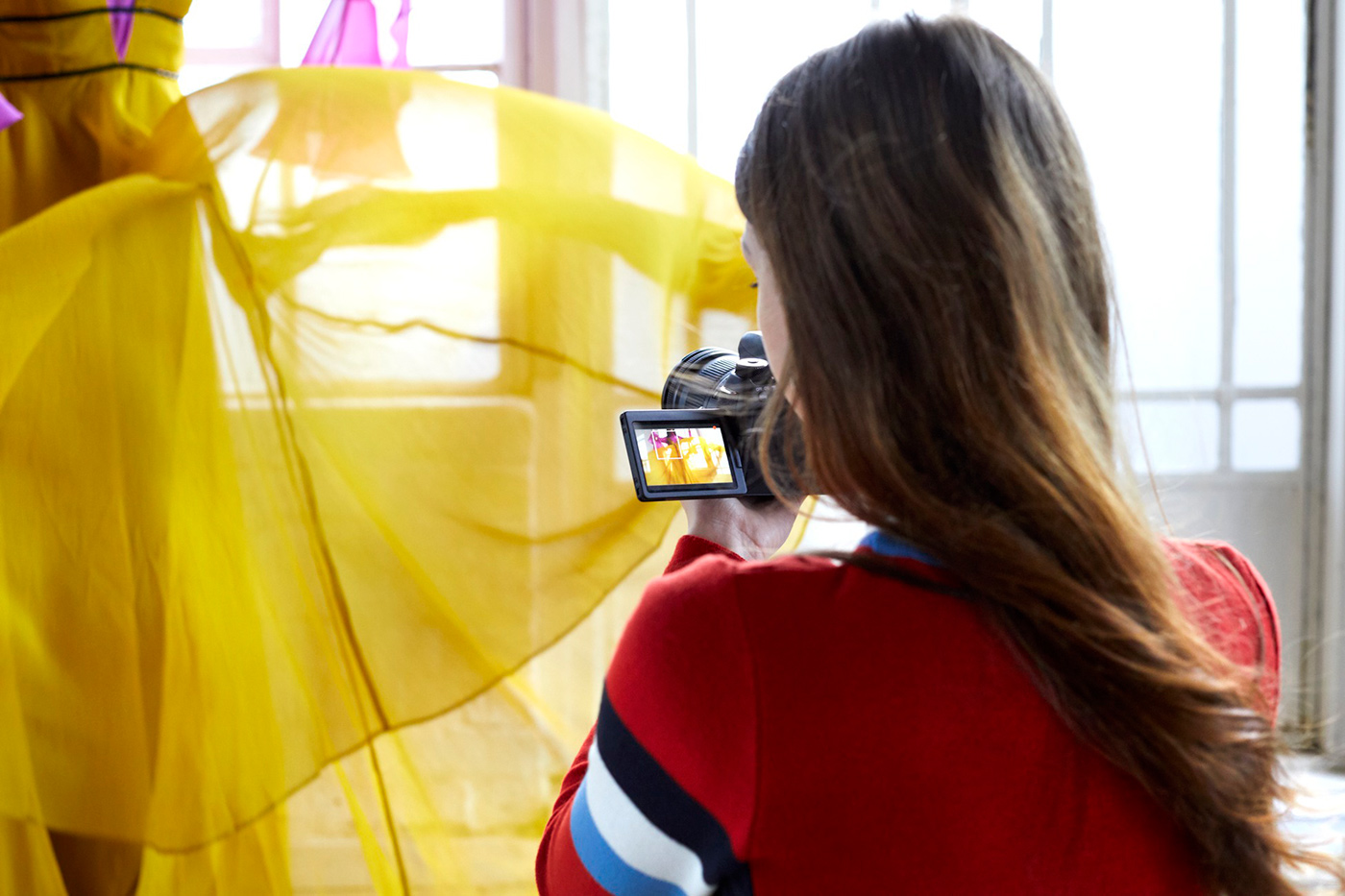
Crop Sensor Cameras
Crop sensor cameras are also known as APS-C cameras. They use a smaller sensor than full frame models, which is typically around 22x15mm for Canon or 24x16mm for Nikon, Sony and Fujifilm. The term ‘crop’ comes from the narrower field of view they produce compared to full frame, which effectively zooms in slightly on the scene. This ‘crop factor’ is usually around 1.5x, depending on the brand.
Despite the smaller sensor, crop sensor cameras can produce excellent results and are widely used by beginners and professionals. For students, they offer a great balance between image quality, portability, and price. The smaller sensor allows for more compact camera bodies and smaller, lighter lenses, which can make them easier to carry and use every day.
These cameras also give you extra reach when photographing distant subjects such as wildlife or sports, because of the crop effect, so many bird and wildlife photographers will choose a crop format system. The main trade-off is a slight loss in low-light performance and reduced background blur compared to full frame, but for most learning situations this won’t be an issue at all.
Student Pick: Used Nikon D5300 DSLR Camera from around £200.00
The D5300 is a classic example of a crop sensor DSLR. It features a 24.2MP sensor, flip-out screen, built-in Wi-Fi and GPS, with the option to take full manual control. It’s compatible with a huge range of Nikon F-mount lenses and is ideal for photography students who want a well-rounded and easy-to-use first camera.
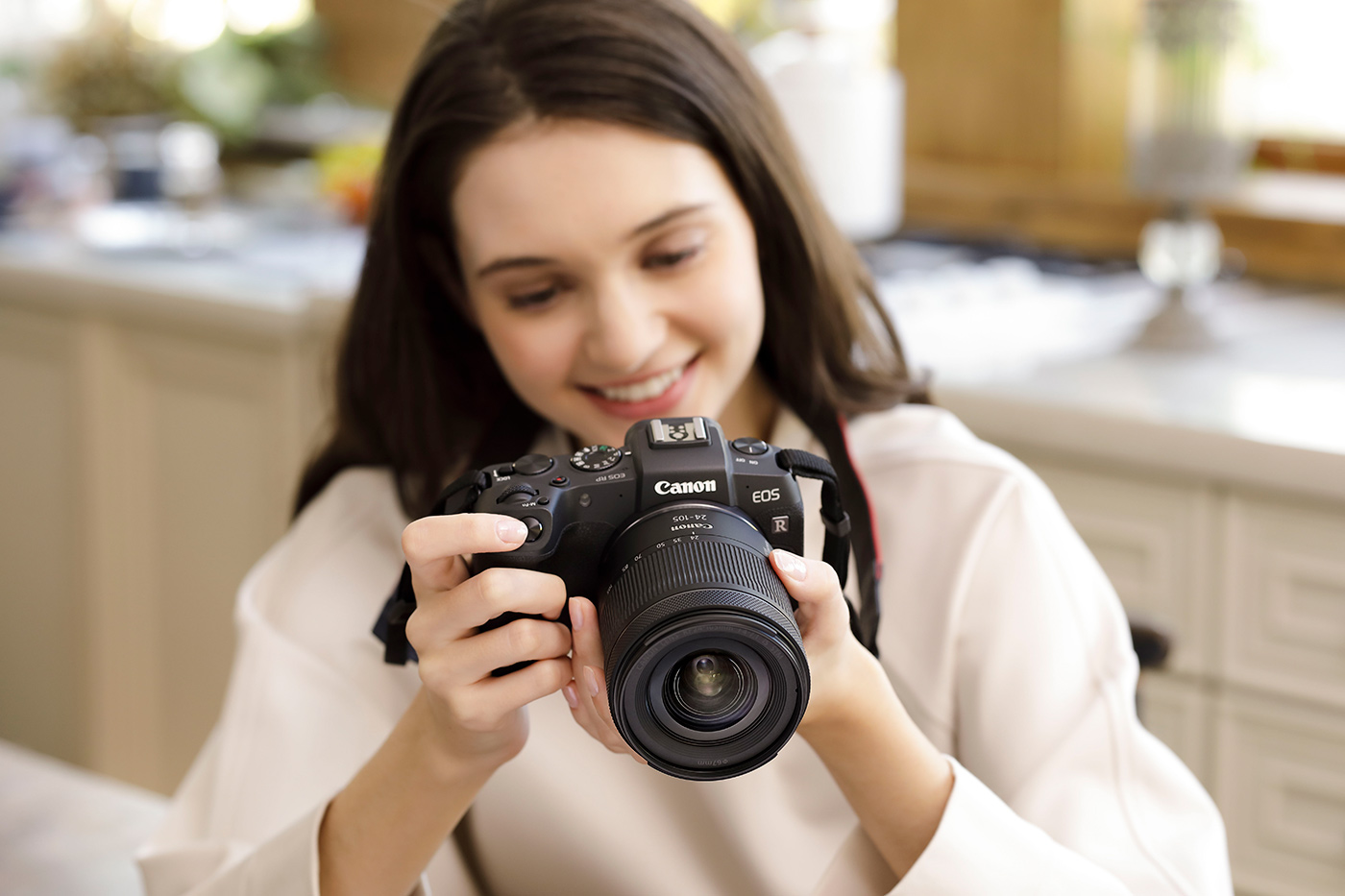
Compact Cameras
Compact cameras, which are come as point-and-shoot or Bridge Cameras, are small, lightweight cameras with a fixed lens and a built-in screen for composing and reviewing shots. Unlike the interchangeable lens cameras mentioned above, you don’t need to worry about carrying or changing lenses. Just turn it on, point, and shoot!
Although overtaken by smartphones, compact cameras have seen a resurgence in popularity thanks to classic looks, great controls, and sometimes they include very capable optical zooms. Many students are rediscovering compacts as fun, creative tools with a more authentic feel than phone cameras, particularly when shooting street and travel photography.
A major strength of compacts is their simplicity. Most include both auto and manual modes, a built-in flash, and image stabilisation to help keep your shots sharp. Many have long zoom lenses, which is something smartphones still struggle to match optically. While they don’t offer the same control or sensor size as mirrorless or DSLR cameras, they’re an accessible way to build confidence and learn the basics of framing, lighting and exposure.
Student Pick: Used Panasonic FZ200 Bridge Compact Camera from around £200.00
The FZ200 looks and feels like a small DSLR, but it’s a bridge camera with a fixed 25-600mm equivalent zoom lens. It offers full manual control with RAW shooting so you can learn editing if wanted, and an electronic viewfinder, which is ideal for students who want an all-in-one setup to capture a wide range of subjects without swapping lenses or carrying heavy gear.
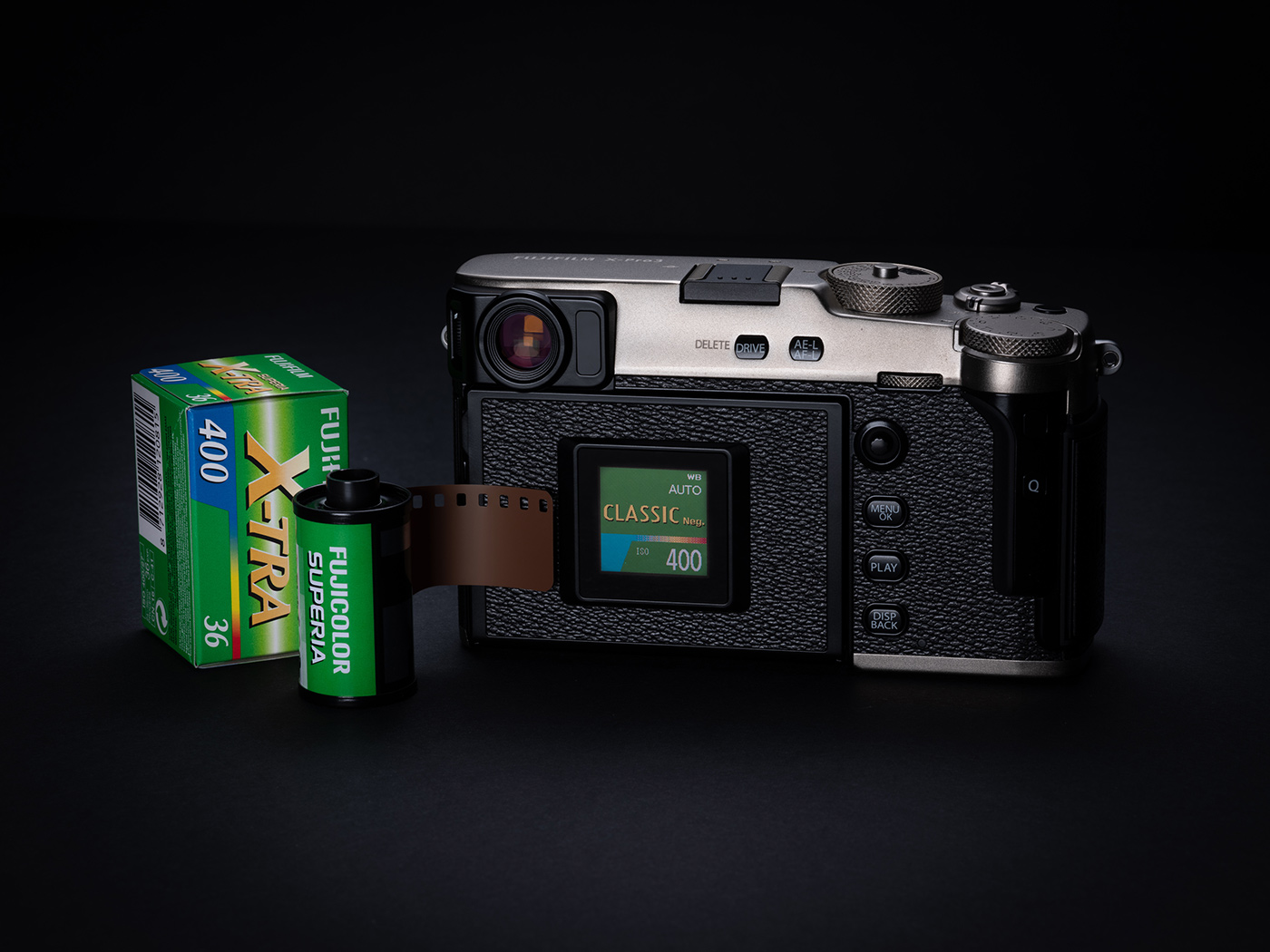
35mm Film Cameras
35mm film cameras use physical rolls of film to capture images, rather than a digital sensor. Each roll generally gives you 24 or 36 exposures, and you won’t see the results until they’re developed, and scanned or printed. This slower, more deliberate approach to photography is exactly why many students are rediscovering classic film photography today.
Shooting film teaches you to think more carefully about each photo. There’s no screen to review your shots, no histogram, and usually there’s no auto mode doing the work for you. You learn how shutter speed, aperture and ISO interact through trial and error, and film helps develop a more instinctive understanding of exposure and light.
There are various types of 35mm cameras, including manual SLRs, compact film cameras, and rangefinders. Some have built-in light meters or autofocus, while others are entirely manual. Film photography can be more expensive over time due to the cost of the actual film and developing cost, but it is hugely rewarding for your patience.
Student Pick: Used 35mm Film Cameras from around £50.00
Park Cameras regularly stock a variety of second-hand 35mm film cameras, including classic models from Pentax, Olympus, Canon and Nikon. Whether you want full manual control with an SLR or a simple point-and-shoot, a film camera for beginners will help build your photography skills and give a unique analogue feel that’s hard to replicate with a digital camera.
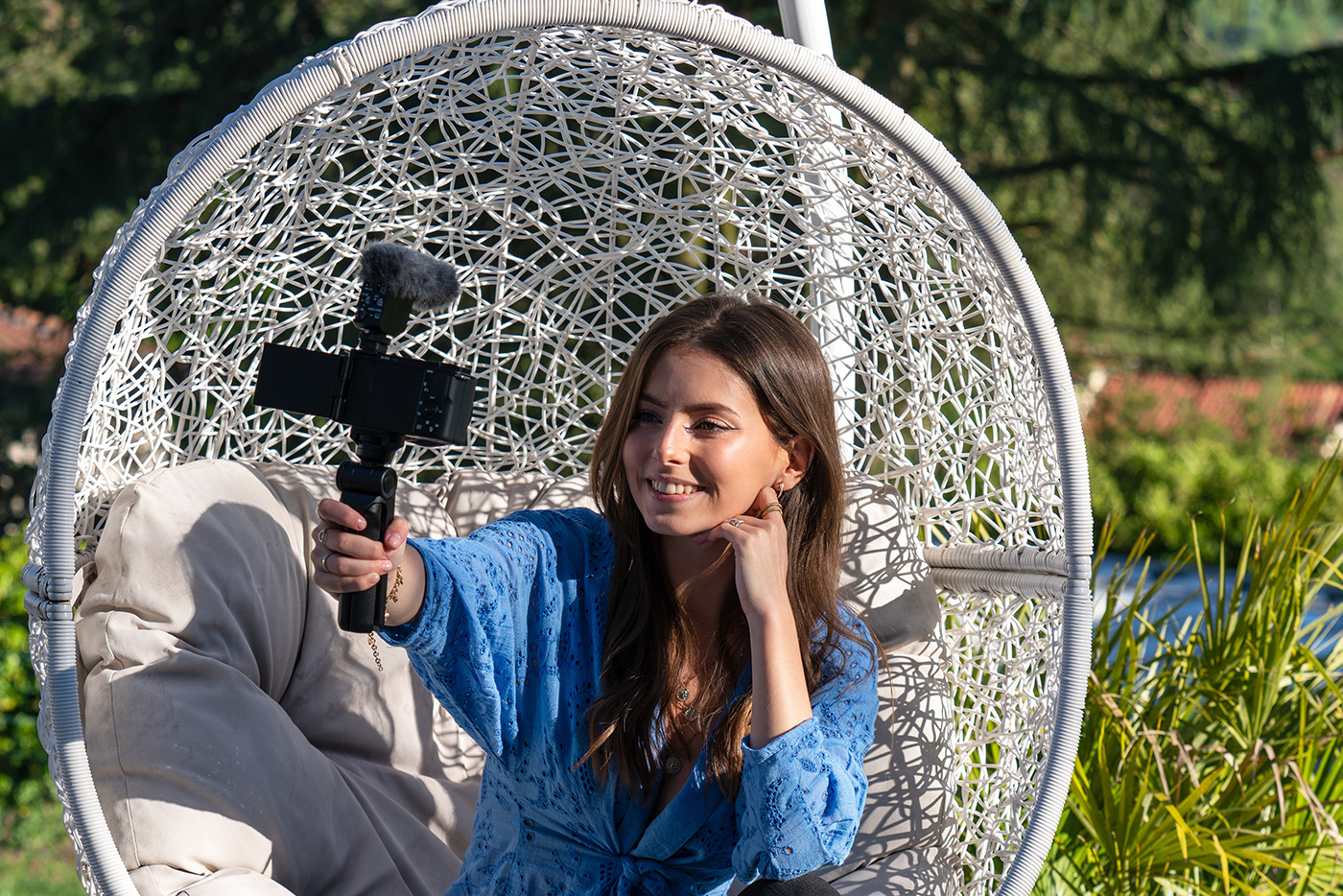
Vlogging Cameras
As the name suggests vlogging cameras are primarily for video, and are aimed at content creators who record themselves for platforms like YouTube, TikTok or Instagram. What sets them apart is a combination of features that make filming easier, which often includes a flip screen to frame yourself, a multi-directional microphone, fast autofocus, and usually 4K quality.
Most vlogging cameras are mirrorless or compact cameras with good video specs and versatile connectivity including WiFi and bluetooth for streaming. Many offer USB charging, image stabilisation for handheld footage, and modes like Product Showcase or Background Defocus. For students, they’re a great way to start producing video content without needing a larger or more complicated setup.
Key things to look for when researching vlogging cameras for beginners is a screen that flips around for self-recording, good autofocus, and an audio input for a dedicated microphone. While phones are convenient, a proper vlogging camera gives you much more creative control and better video quality, especially in lower light or when using interchangeable lenses.
Student Pick: Used Sony ZV-E10 Mirrorless Vlogging Camera from around £400.00
The Sony ZV-E10 is a popular choice for both beginner and more advanced content creators. It has an APS-C sensor, flip-out screen, amazing autofocus with face and eye tracking, and supports external microphones for pro-level sound. With access to a wealth of Sony E-mount lenses, it’s a great way to create a high-quality video setup from scratch.
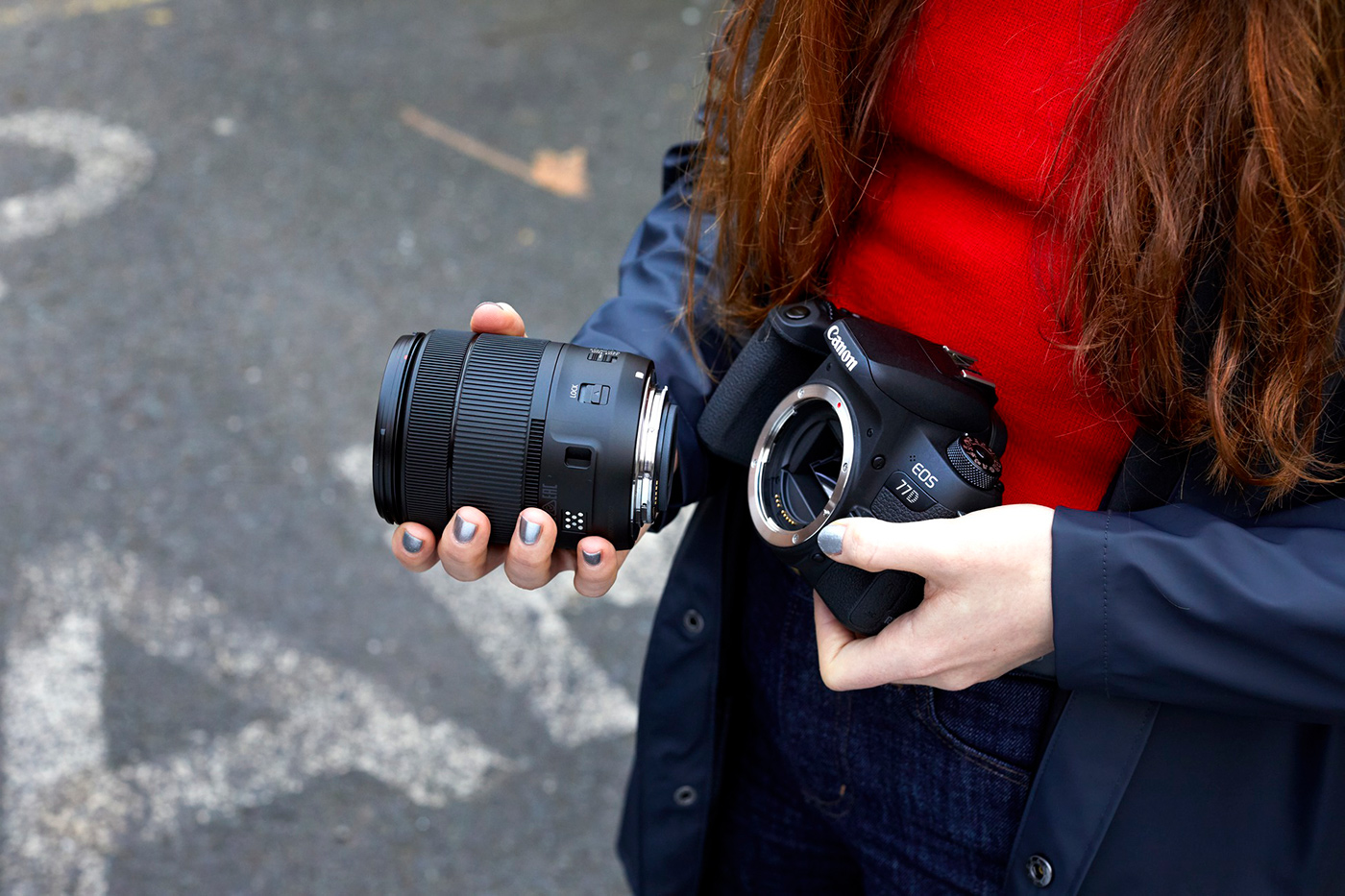
Zoom and Prime Lenses Explained
Lenses come in two main types; zoom and prime. Zoom lenses can change focal length, which means you can adjust how wide or close your image appears without physically moving yourself. Prime lenses have a fixed focal length, so you need to move closer or further away to frame your shot, but they often offer better image quality and a wider aperture, for a lower price.
Zoom lenses are convenient for everyday use and cover a range of situations, and one zoom lens might go from wide-angle to short telephoto, making them great for travel, events, and filming. However, zooms can be larger, heavier, and sometimes slower in terms of aperture, so they let in less light.
Prime lenses can't zoom, but they tend to be sharper, lighter, and generally let in more light, which is useful for low light situations or when you want a shallow depth of field with blurred backgrounds. A prime is often an excellent choice for portraits, street photography and video recording.
For students, starting with one zoom and one prime lens is a good way to cover different situations and learn the strengths of each type of lens, before expanding your lens collection.
Student Pick: Choose a Zoom and Prime from our range of Used Lenses from around £35.00
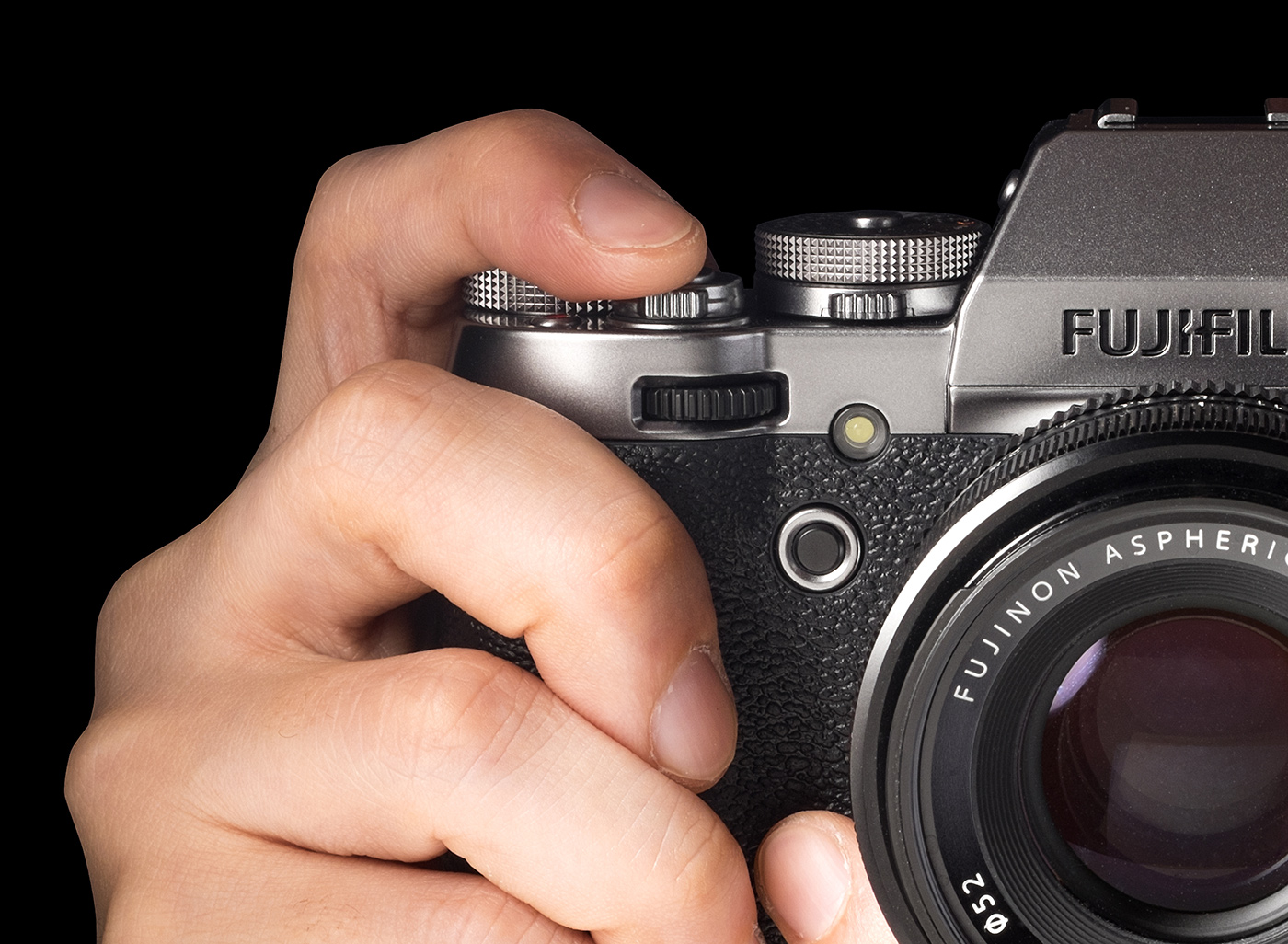
Our used lens selection includes countless affordable zooms and primes for Canon, Nikon, Sony, and Fujifilm for both mirrorless and DSLR. Whether you need a versatile walk-around zoom or a sharp budget prime like a 50mm f/1.8, used lenses are a brilliant way to extend your kit without overspending.
Understanding the difference between a DSLR and a mirrorless, or knowing when to choose a prime lens over a zoom gives you a head start as you begin your creative journey. Whether you’re studying photography, creating content, or just getting hands-on with camera gear for the first time at college, the right equipment can make a real difference, and it doesn’t have to cost a fortune.
Browse our used camera gear to find a huge range of affordable, student-friendly cameras and lenses. We check every item so you can shop with confidence, and start creating with equipment that supports your learning, not gets in the way.
Share this post:
By Nick Dautlich on 05/08/2025
Nick Dautlich
Senior Content Writer and Product Reviewer
Nick Dautlich is the Senior Content Writer and Product Reviewer at Park Cameras, with over 15 years of photography experience. A Sony Imaging Professional and expert reviewer, Nick has worked with major brands such as Canon, Sony and Nikon. His work is also featured on Vanguard World UK’s website, Capture Landscapes, and Shutter Evolve. Nick’s photography includes National Trust projects and magazine covers and he is passionate about landscapes and storytelling. Nick also enjoys hiking and teaching his children about nature. Learn more on his profile page.
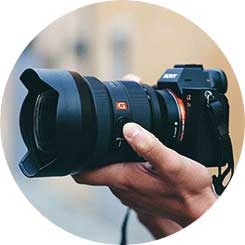
Trade in your old equipment
Fast and easy trade in service ensures your old gear is collected efficiently and you are paid quickly! It's very simple to trade in your unwanted photography gear. Just head over to our dedicated Sell or Part Exchange page, fill out the details, and we'll get back to you with an offer for your old gear. Take the cash, or put it towards the cost of your new gear. It's up to you! Find out more
sign up to the newsletter
Keep up to date on the latest photography news, events and offers. Sign up now